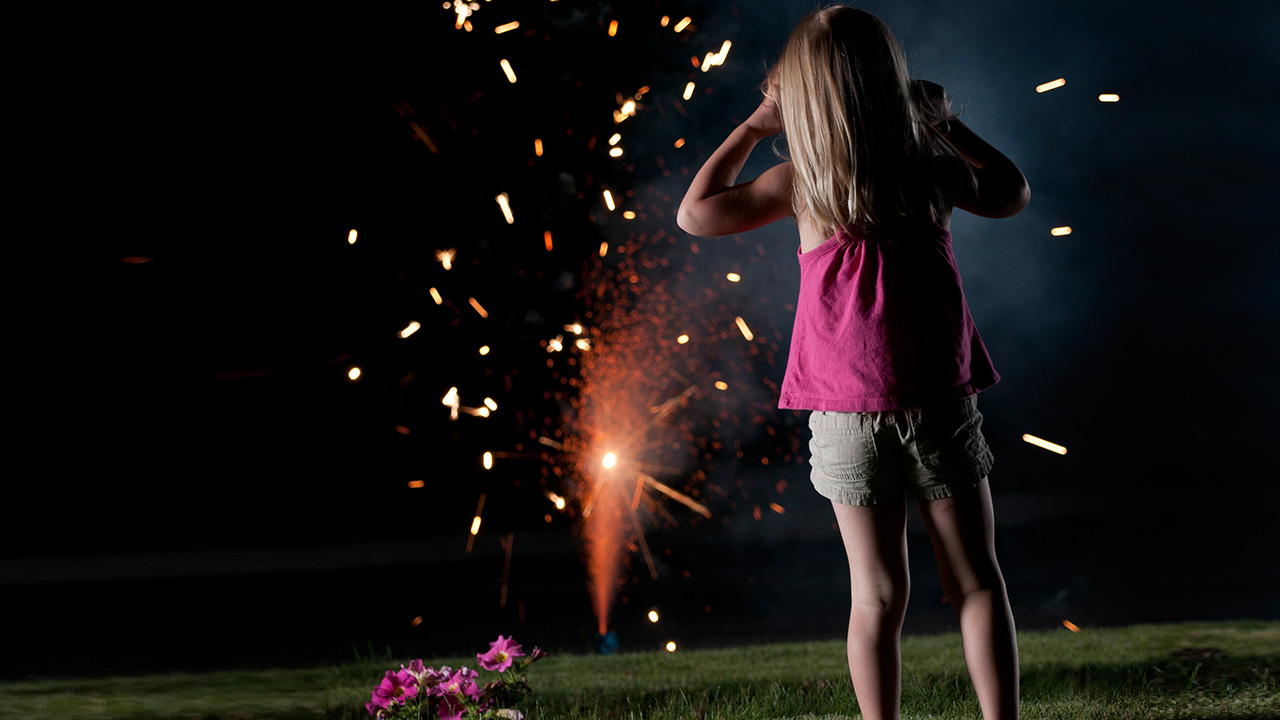- Doctors & Departments
-
Conditions & Advice
- Overview
- Conditions and Symptoms
- Symptom Checker
- Parent Resources
- The Connection Journey
- Calm A Crying Baby
- Sports Articles
- Dosage Tables
- Baby Guide
-
Your Visit
- Overview
- Prepare for Your Visit
- Your Overnight Stay
- Send a Cheer Card
- Family and Patient Resources
- Patient Cost Estimate
- Insurance and Financial Resources
- Online Bill Pay
- Medical Records
- Policies and Procedures
- We Ask Because We Care
Click to find the locations nearest youFind locations by region
See all locations -
Community
- Overview
- Addressing the Youth Mental Health Crisis
- Calendar of Events
- Child Health Advocacy
- Community Health
- Community Partners
- Corporate Relations
- Global Health
- Patient Advocacy
- Patient Stories
- Pediatric Affiliations
- Support Children’s Colorado
- Specialty Outreach Clinics
Your Support Matters
Upcoming Events
Mental Health Town Hall
Tuesday, April 23, 2024Join Children’s Hospital Colorado pediatric experts for a virtual...
-
Research & Innovation
- Overview
- Clinical Trials
- Q: Pediatric Health Advances
- Discoveries and Milestones
- Training and Internships
- Academic Affiliation
- Investigator Resources
- Funding Opportunities
- Center For Innovation
- Support Our Research
- Research Areas

It starts with a Q:
For the latest cutting-edge research, innovative collaborations and remarkable discoveries in child health, read stories from across all our areas of study in Q: Advances and Answers in Pediatric Health.


The Best Way to Enjoy Fourth of July Fireworks? At a Distance

A couple of days before the Fourth of July, 9-year-old Hailey Sexson was in western Nebraska, not far from the Colorado border, getting ready to set off fireworks with her dad. The biggest one, a mortar, was supposed to shoot 50 feet into the sky.
But it didn’t.
Instead, it exploded in its tube, scattering flames and debris at speeds of about 400 feet per second. Hailey was standing too close. In addition to several shrapnel injuries, she sustained burns on about 5% of her body, mostly on her arm, shoulder, neck and face. Her dad immediately rushed her to the nearest hospital.
“They stitched up the biggest cut from the shrapnel and put antibiotic ointment on the burns,” recalls Lindsey Martin, Hailey’s mom. “I think her injuries might have been more serious than they realized.”
“We see a lot of burns around the Fourth of July”
The next day, with Hailey still in a lot of pain, Lindsay decided to take her to another hospital, this one in their home town in Fort Carson. Doctors there immediately referred them to Children’s Hospital Colorado, the only pediatric Level 1 Trauma Center in the region.
“We see a lot of burns around the Fourth of July,” says Ashley Banks, RN, BSN, a nurse-clinician with Children’s Colorado’s Burn Program. “A couple of years ago, we had about 20 fireworks burn injuries, which was the most we’d seen.”
Hailey was one of them, and Banks was one member of the team that treated her, first by scrubbing the antibiotic ointment the previous hospital had slathered on, which had given her skin a yeast infection. Most of Hailey’s burns were second degree, or partial thickness, with a few third-degree areas burned all the way through her skin.
Over the course of the next several months, the team worked to minimize scarring on Hailey’s burns, which, fortunately, didn’t require grafts. When her wounds had healed enough not to require weekly dressing changes, Hailey got a compression sleeve, designed to apply constant pressure to the healing wound and to smooth and soften the scars. She wore that for nine months. She also underwent several months of therapy.
“She had a lot of anxiety afterwards,” says Lindsey. “The first couple of months were hard. She had a little PTSD.”
Safest approach to fireworks: leave them to professionals
A year later, Hailey has healed well. She doesn’t have to wear the compression sleeve anymore, and she’s much less anxious — though she won’t be going anywhere near fireworks this year.
Banks thinks that’s the right approach.
For parents set on doing their own fireworks, Banks recommends keeping kids well away from the action. Establish a perimeter, have a responsible adult light the explosives and keep matches, lighters and fireworks hidden when not in use.
Watch out especially for sparklers, which, despite their harmless reputation, burn at 1,400 degrees — hot enough to melt some metals. In fact, sparklers are responsible for most of the fireworks injuries the burn team sees.
Better yet, says Banks, leave Fourth of July explosives to the professionals. Although many events have been cancelled this year due to the coronavirus pandemic, some events may still continue as scheduled. If you plan to attend, it’s best for each member of your family to wear a mask and keep at least six feet away from others.



 720-777-0123
720-777-0123



